With the fundamentals of sustainable packaging in mind, following are some areas to consider when implementing changes to your packaging for improved environmental impact.
For nearly a decade, the biggest buzz in packaging has been the move toward sustainability, or “green” packaging. Driven by retailer requirements, public perception, economic pressures (petroleum, in particular), and government policies, sustainability impacts every aspect of a package—from the source of its raw materials to its end of life—and as such has proven to be an incredibly complex issue.
But over the years of debate and discovery, we have learned some core truths about the topic. First, there is no such thing today as a completely sustainable package. Instead, sustainability is a journey. The goal is to make incremental improvements over time in the sustainability of a package to reduce its overall environmental impact.
Second, in sustainability terms, packaging materials—including glass, plastic, paper, and aluminum—cannot be classified as good or bad. Each has its advantages and shortcomings, depending upon the product application and the goals and mission of the packager. Trade-offs are an inherent part of pursuing sustainability.
And last, packaging must be put into perspective by understanding its role in the full product supply chain. Packaging typically makes up less than 10% of the carbon footprint of a product; raw material production and consumer use often comprise the largest proportion. While packaging’s footprint may be small, its importance cannot be understated. If the package fails in its primary functions—protecting the product through the supply chain, enticing consumers to purchase, and facilitating consumption—all the energy consumed in manufacturing the product is lost when the product is wasted.
TEN TIPS FOR SUSTAINABLE PACKAGING DESIGN
With these fundamentals in mind, following are some areas to consider when implementing changes to your packaging for improved sustainability:
1. Take a life-cycle approach to package design
Advice : Sustainability metrics and standards are still evolving, so pick a program, and stick with it. Using different tools to measure the same package may yield slightly different results. The key is to be consistent and make sure you are moving in the right direction in the core environmental areas that are of greatest concern to your company.
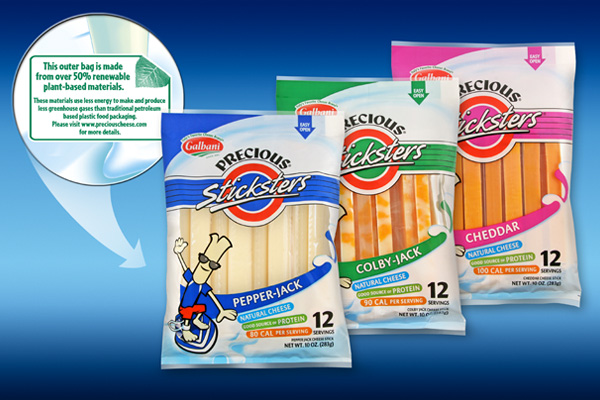
2. Evaluate each component of your package.
Ask yourself, "Can changes be made to use less material without compromising product integrity?"
Suppliers are continually innovating with containers, caps, labels, and other components that improve the package-to-product ratio, resulting in a smaller footprint, and oftentimes in a smaller price tag, as well.
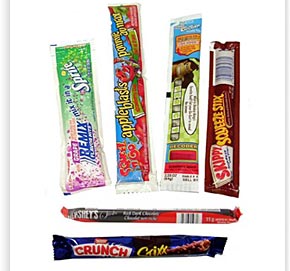
3. Consider new alternatives for distribution packaging.
New machinery and material technologies are enabling packagers to use fewer materials to create multipacks, bundles, and pallets, as well as create shelf-ready packaging that minimizes waste at the retailer level.
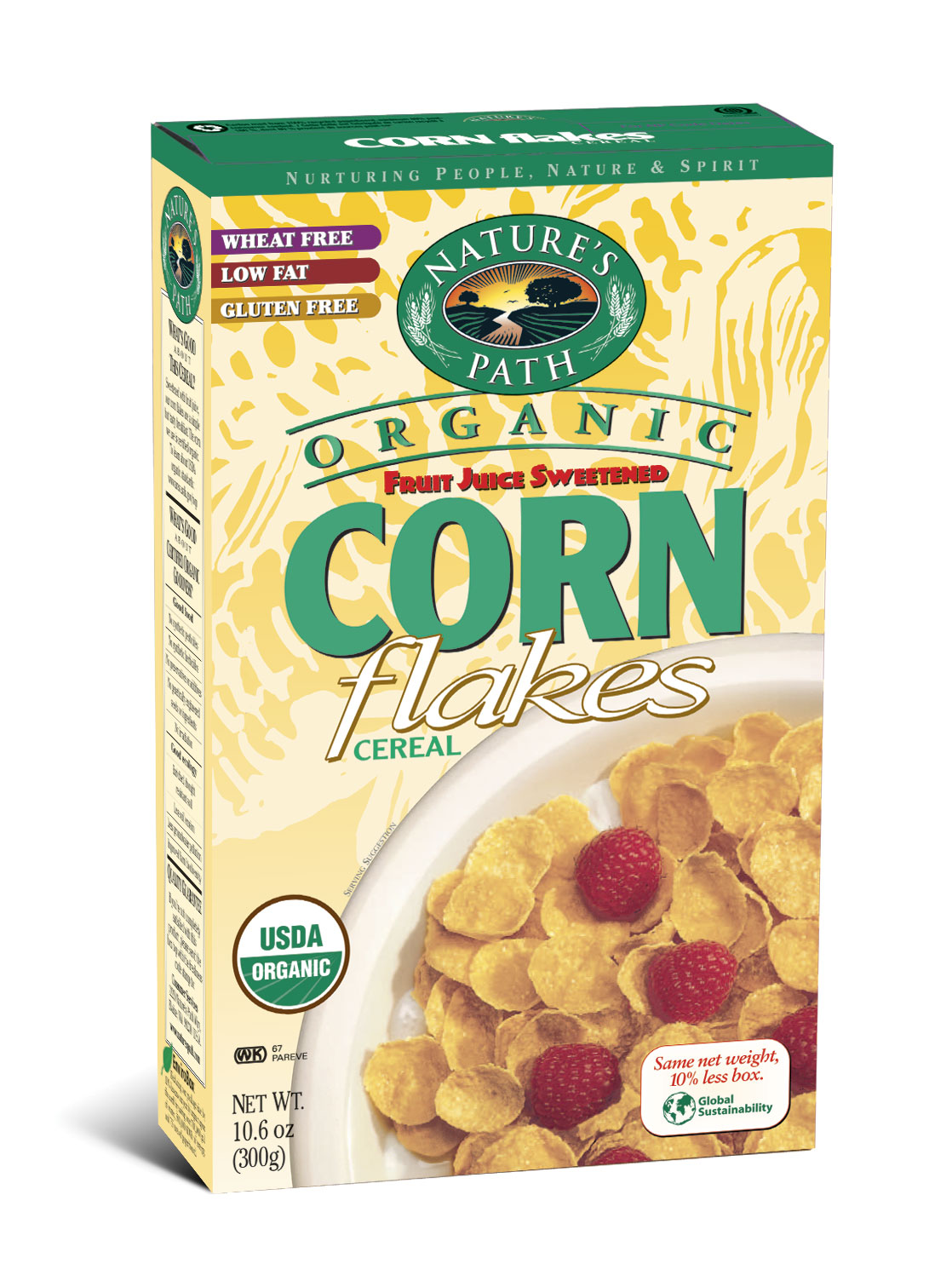
4. Look for opportunities to make your packaging reusable—where it makes sense.
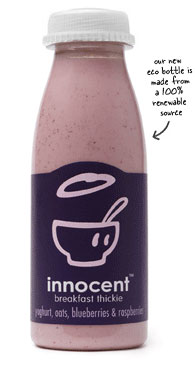
5. Consider changes in your product.
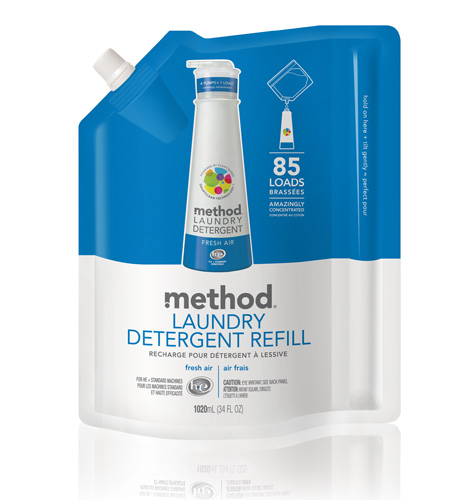
6. Whenever possible, design for recyclability.
One of the most effective ways to preserve the energy expended in manufacturing packaging materials is through recycling. While many materials, such as paper and PET, may be widely recycled, oftentimes coatings, labels, and other elements added to enhance package functionality or aesthetics may render them unfit for the recycling stream. But new options are emerging.
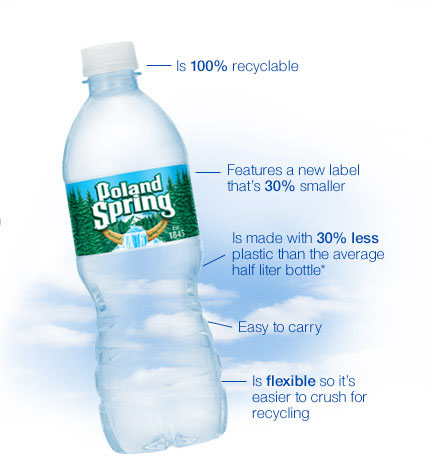
7. Employ packaging strategies that encourage product consumption.
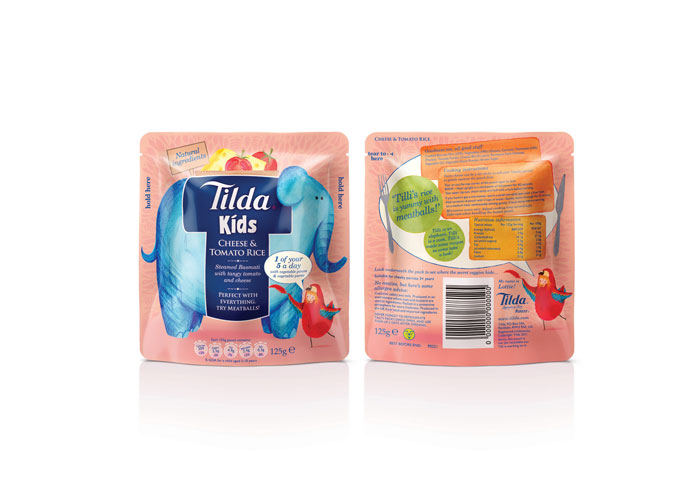
8. Know where your packaging materials come from.
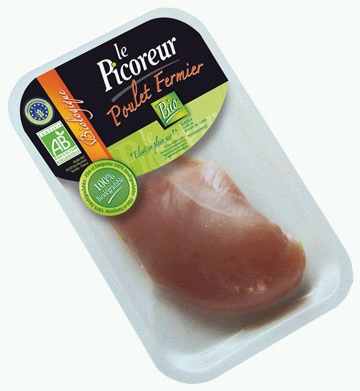
9. Evaluate your distribution system for space-saving opportunities.
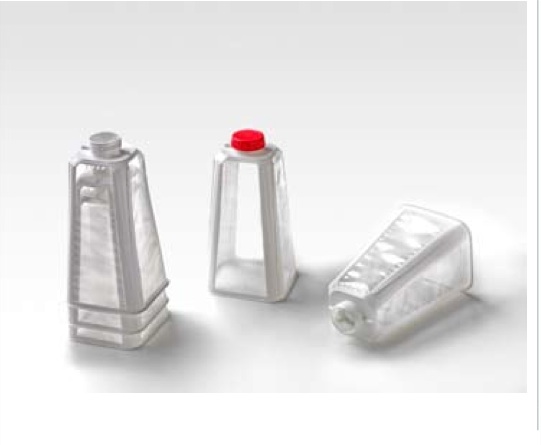
10. Consider materials made from renewable feedstock.
Packaging based on renewable feedstocks—from bioplastics made of corn or sugarcane, to protective packaging constructed of mushroom roots—is a rapidly growing area. But there are many questions still to be answered regarding the viability of some of these technologies and their relative sustainability versus traditional materials.
Above all, be very wary of additives and other technologies that promise to make packaging “just disappear.” While it is a very alluring idea, many scientific experts debate the environmental safety of such technologies.
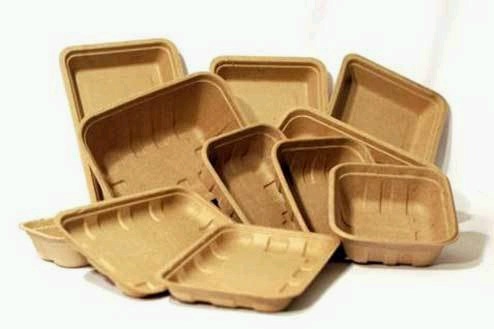
Are you agreed?
[ add comment ] ( 47 views ) | permalink |




 ( 3 / 2492 )
( 3 / 2492 )

 Calendar
Calendar